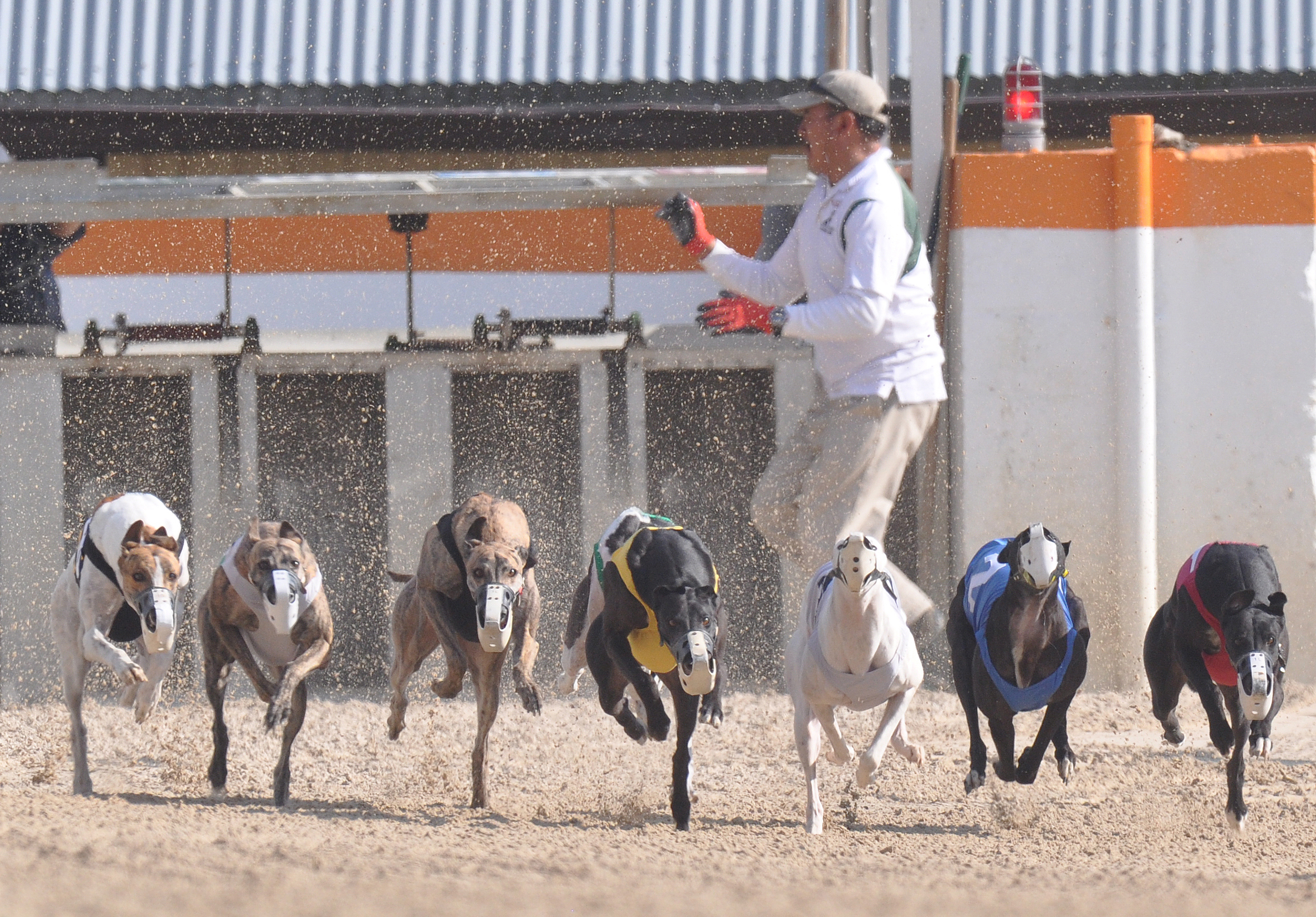If you've ever spent time at the dog track, here's something for you to think about.
Forty states have made it illegal to race dogs commercially.
In fact, there are only six states that still allow greyhound racing. Florida is one of them.
That's got a lot to do with how those animals are treated.
However, a quirk in Florida law encourages the tracks to keep running dogs, even though many of them lose money on the races.
Since the 1990’s, parimutuel facilities, including horse racing and dog racing, have been allowed to operate poker rooms and, in South Florida, slot casinos.
However, to keep operating those gambling operations, the tracks are required to run at least 90 percent of the races that they ran in 1997.
We spent some time with Don Goldstein with Greyhound Rescue and Adoptions of Tampa Bay.
Currently, Goldstein has three greyhounds he’s adopted. Another he is fostering named Crown.
When you first meet Crown you can see the scars on his body.
“They're from racing," Goldstein says. "They just get bumped or sometimes they hit rails."
134. That's how many times Crown has raced at Derby Lane.
“While they're racing they are kept in cages tall enough that they can stand but barely turn around,” says Goldstein.
Goldstein has been fighting to protect greyhounds since he first adopted one 24 years ago
it's not just the physical pain, Goldstein has also been an advocate of banning steroid use in greyhounds.
“Three of them, according to our vet, have seen abnormalities in their genitalia from years of steroid use,” says Goldstein. “We had a fourth, a foster that was a full hermaphrodite, probably because of the steroid use.”
Per the Florida Department of State, It's legal to inject testosterone or testosterone-like substances into female greyhounds to prevent them from going into season.
“It's all about money. If they would take these dogs out of their rotations during their season, that's all it would take,” says Goldstein.
Goldstein also wasn't surprised to hear some of longtime dog trainer Malcolm McAllister's racing dogs tested positive for cocaine.
McAllister didn't return our calls but we obtained a written statement.
He blames his age for not being "aware" this was happening, saying, "I had four different helpers in this time frame and one had to have either dropped or administered the cocaine."
Stats compiled by the state show that 367 dogs died at tracks in Florida since 2013, 52 of them at the track in Orange Park.
The following are numbers from the American Society for the Prevention of Cruelty to Animals:
- 11,722 greyhound injuries. More than 3,000 dogs have suffered broken legs and other injuries such as crushed skulls, broken backs, paralysis and electrocutions.
- 909 racing greyhound deaths. The true number of deaths is likely higher as there are no verifiable statistics on the fate of greyhounds who survive racing but are disposed of each year when injured or no longer competitive.
- 27 cases of greyhound cruelty and neglect. This figure captures the number of dogs who were starved to death, denied veterinary care, or endured poor track kennel conditions. Additionally, 16 racing greyhounds tested positive for cocaine.
- 2,200 state disciplinary rulings have been issued since 2008. Racing commissions have a history of regulatory failures and industry attempts at self-regulating have proven to be ineffective.
- More than 80,000 young greyhounds have entered the racing industry.


